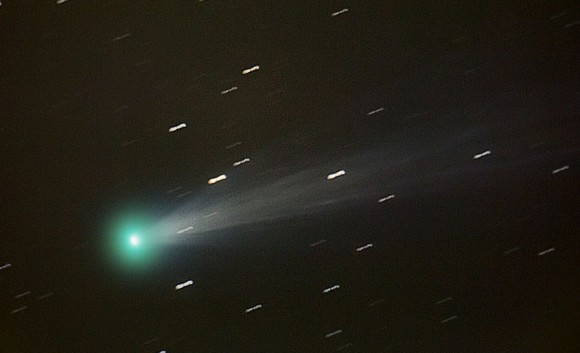OF THE
TIMES
Jose can you see, my eyes if you can then my hair's too short. Since we know Biden isn't in control of the country, who gives the orders to veto...
He has the look of an angry, petty, little man. Perfect WEF employee material.
Our volunteer school canteen would probably pass an audit, I’m not sure about this...... The ATACMS were acquired from Lockheed Martin, rather...
It'll be an engineered pathogen which the jabbed people's immune systems will not be able to mount a defense against. The catalyst so to speak....
The benefits of world hunger, read this over breakfast if you can. [Link]
To submit an article for publication, see our Submission Guidelines
Reader comments do not necessarily reflect the views of the volunteers, editors, and directors of SOTT.net or the Quantum Future Group.
Some icons on this site were created by: Afterglow, Aha-Soft, AntialiasFactory, artdesigner.lv, Artura, DailyOverview, Everaldo, GraphicsFuel, IconFactory, Iconka, IconShock, Icons-Land, i-love-icons, KDE-look.org, Klukeart, mugenb16, Map Icons Collection, PetshopBoxStudio, VisualPharm, wbeiruti, WebIconset
Powered by PikaJS 🐁 and In·Site
Original content © 2002-2024 by Sott.net/Signs of the Times. See: FAIR USE NOTICE

Reader Comments
to our Newsletter